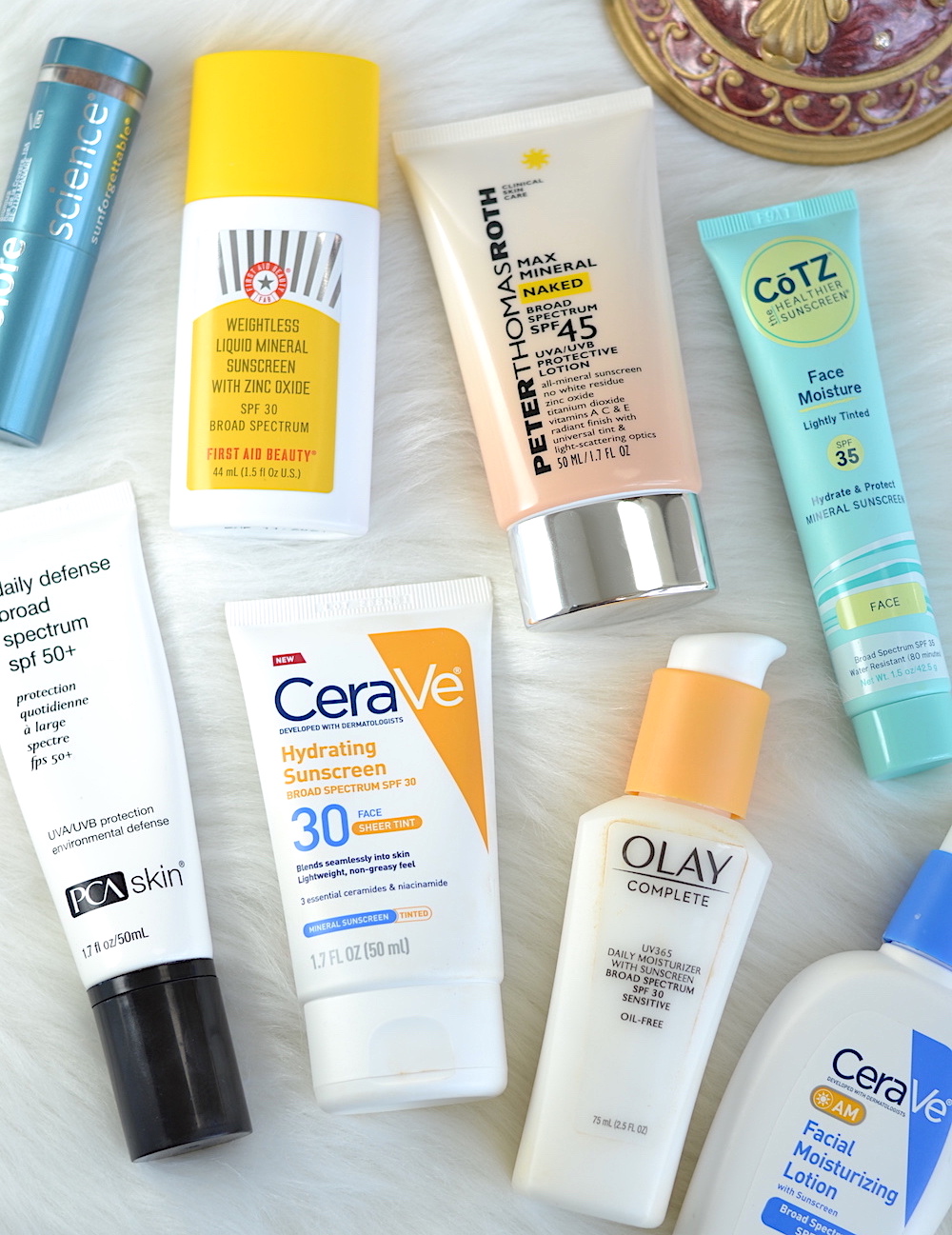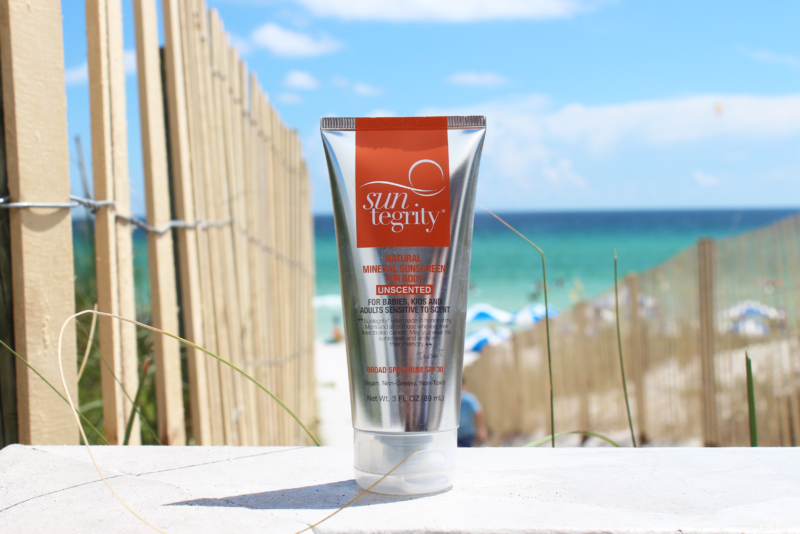

"We don't know these chemicals are bad," says Christenson. The FDA instead says that additional data are needed for each of the 12 active ingredients used in chemical sunscreens to determine whether the absorption of any causes long-term effects. It's important to note, however, that this doesn't necessarily mean that these chemicals are unsafe or cause harm. The concern with the active ingredients in chemical sunscreens, on the other hand, is that research has shown some of them can enter the blood stream after being absorbed into the skin. The designation allows certain OTC drug products to be marketed without a new drug application.
BEST MINERAL SUNSCREEN SKIN
The relationship between sun overexposure and skin cancer is well documented.īoth mineral and chemical sunscreens are effective forms of sun protection when used properly, but when it's possible, there may be a case for a mineral-based sunscreen over a chemical one.īoth zinc oxide and titanium dioxide, the two active ingredients found in mineral sunscreens, are generally recognized as safe and effective (GRASE) by the FDA.


Sun safety, which includes wearing sunscreen, is essential to preventing not just painful sunburns, but skin cancer. It's also the one that you'll be sure to slather on all of your exposed skin when you plan to be out in the sun, even if it's cloudy, even if it's cold.

In reality, the best sunscreen to use is the one that you'll actually put on your face every day - as long as it's a broad spectrum lotion with an SPF of 35 or higher. It may still look white when it goes onto your skin, but it generally blends right in with no issue."Īnd with both sunscreen types now offering a similar look - a lack of a look, really - you might be wondering whether you should ditch the chemicals and switch to a mineral sunscreen. "Mineral sunscreens are completely different now," says Christenson. Now, they can be clear or tinted, both of which blend into your skin. Newer formulations of mineral sunscreens have changed the landscape, however. That's when chemical sunscreen was developed and popularized, because it was easier to use every day." "But once we realized sunscreen needed to be used every day, having a white pasty layer on our faces wasn't desirable. "Mineral sunscreen has, of course, been used for a long time at the beach and pools," says Christenson. That was the early version of mineral sunscreen. You probably remember the thick white sunscreen worn by people who spent a lot of time in the sun, like lifeguards and surfers. "Most are these days, but just be sure to confirm that it states that on the bottle." What's the difference between mineral and chemical sunscreens? "Additionally, be sure to look for a chemical sunscreen that's listed as broad spectrum," says Christenson. Since chemical sunscreen relies on the skin's absorption of these ingredients, it's important to apply it about 20 minutes before sun protection is required. "This reaction does create some heat, but it then dissipates," adds Christenson. What is chemical sunscreen?Ĭhemical sunscreens, on the other hand, contain active ingredients that are absorbed into the skin and prevent damage from the sun by inactivating UV rays through a chemical reaction. If it lists active ingredients instead of those, it's a chemical sunscreen. If you see either zinc oxide or titanium dioxide, it's a mineral-based sunscreen." "Just flip to the back of the box and find the 'Active Ingredients' section. "Because sunscreen is highly regulated, it's very easy to tell if you're looking at a mineral sunscreen or not," says Christenson. Since these sunscreens protect your skin by sitting on top of it, it's important to apply generously and in even layers to ensure there are no spaces of skin remaining exposed. They protect from both UVA and UVB rays, meaning that any mineral sunscreen you find will be naturally broad spectrum." "These minerals cause the sun's rays to bounce off of your skin. "The active ingredients in physical sunscreens are minerals, either zinc oxide or titanium dioxide," explains Annie Christenson, a medical aesthetician at Houston Methodist who practices with the ENT specialists. Mineral sunscreens, which are also sometimes referred to as physical sunscreens, stay on the surface of the skin and deflect the sun's harmful UV rays. Several questions seem pertinent.ĭoes a higher price mean a better product? Do spray sunscreens actually work? What SPF do I need? Why do some say oxybenzone-free and others do not?Īnd finally: What's the difference between mineral and chemical sunscreen? What is mineral sunscreen? The number of options in the sunscreen aisle can feel overwhelming these days.


 0 kommentar(er)
0 kommentar(er)
